Does Price REALLY Matter When It Comes to Wine? Here’s What Sommeliers Say
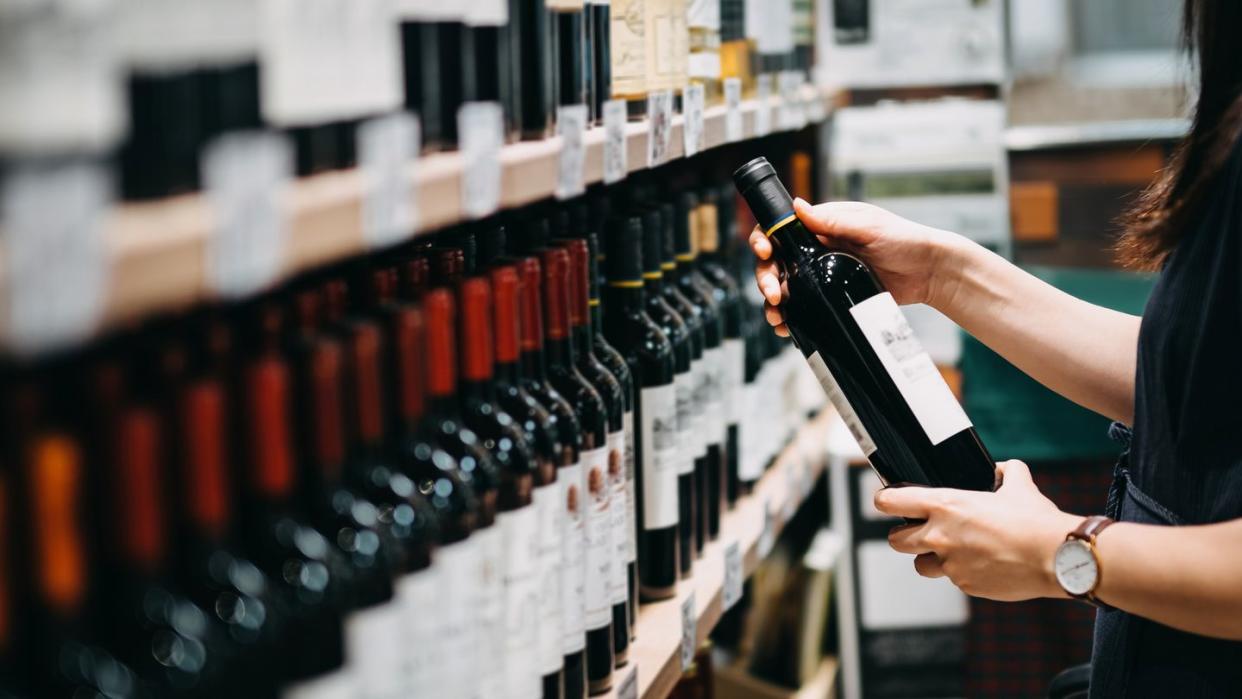
"Hearst Magazines and Yahoo may earn commission or revenue on some items through these links."
“Money talks” is a popular saying on the political circuit, as well as the name of a 1997 buddy comedy. It’s also something that many folks think is true when fleshing out their wine collections or deciding what to order from the wine menu at a restaurant.
But how much does money really matter in terms of the quality of what’s inside your bottle of vino? And where are the best values hiding out in the wine world? We asked sommeliers to decant their knowledge and let us all in on their insider secrets.
What Factors Play a Role in a Wine’s Price?
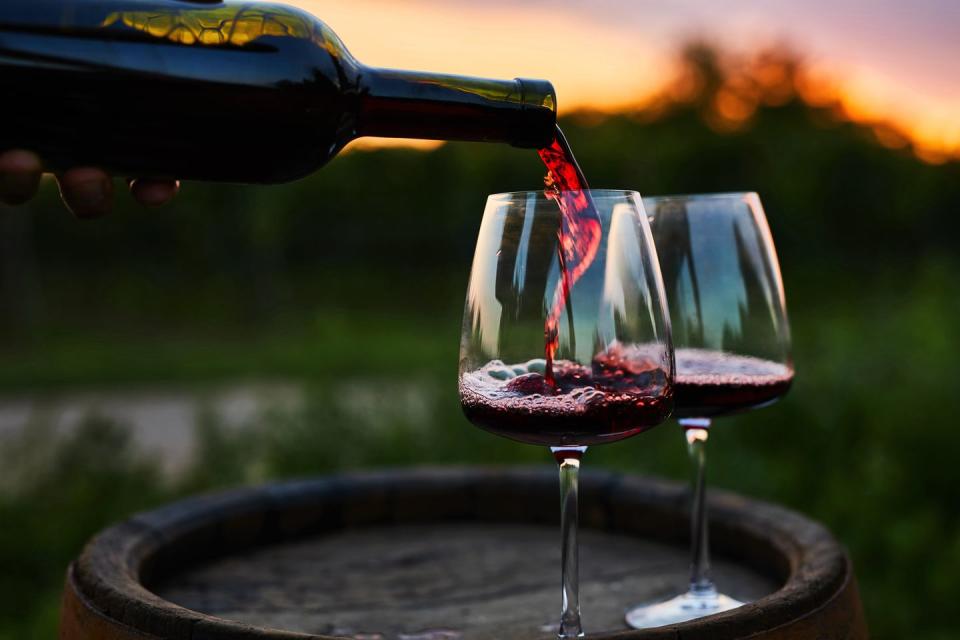
A wine's price depends upon many factors, and price is not always indicative of quality, explains Tiffany Tobey, sommelier and owner of Tiffany’s Toast in Dallas, Texas.
“The most notable factor includes the origin of the grape, which will help determine how rare the grape is. This directly impacts the cost. The cost of the grape during a specific season also matters” adds Douglas Kim, master sommelier and the director of wine at MGM Resorts in Las Vegas, Nevada.
The location of the vineyard, the history of the land, the reputation and status of the winemaker, vineyard resources, aging practices (one new French oak barrel can clock in at up to $3,500), farming techniques and wine packaging (bottle, label, closure) can also shift the price up or down, Elyse Lovenworth, a Philadelphia, Pennsylvania-based lead sommelier for the premium online wine shop and wine tasting experience Sommsation, notes.
Outside of the vineyard, even more details can play a role in a wine’s retail price. Inflation, fuel prices, the cost of shipping and other economic circumstances can adjust the sticker price.
“The cost of the bottle is based on a lot more than just the juice. In general, at a certain price point, the cost no longer aligns with the wine's quality alone, but encompasses other aspects,” Lovenworth says, such as style, sustainability or history.
That’s a thick plot already. It’s also worth noting that buying direct from a winery or wine shop will keep the price lower. Restaurants mark up their wines differently to cover costs like taxes, liquor licenses, staff and the risk of opening a bottle and it not being finished (if you order by the glass), so “basing wine decisions solely on the restaurant-listed price may not accurately reflect the wine's true value,” Lovenworth says.
So Does Price Really Matter When It Comes to Wine?
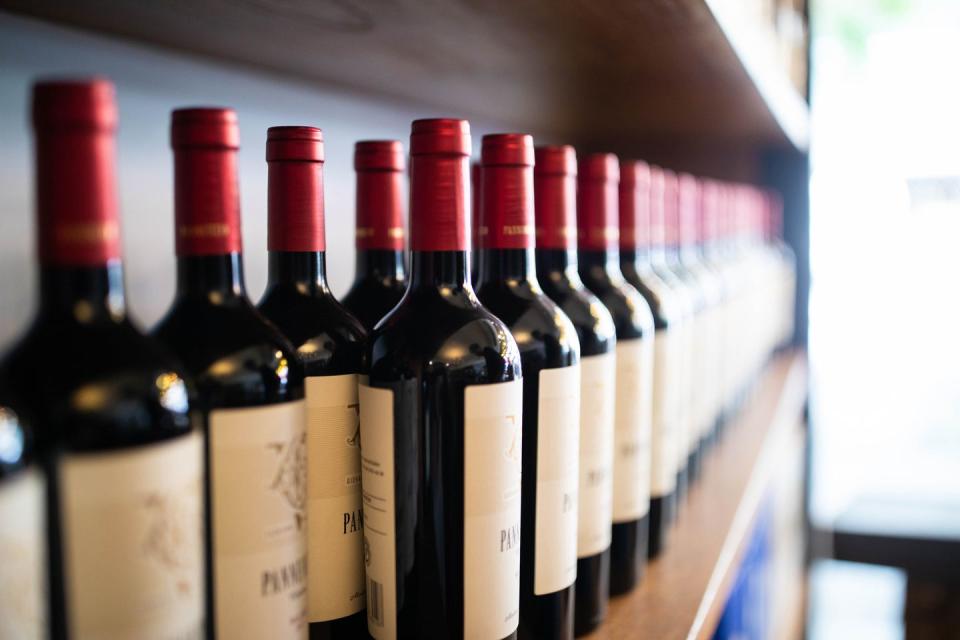
“The price of wine does not necessarily reflect its quality,” Kim admits, but you do get what you pay for up to a certain point.
Wine bottles pierced under $10 retail are often questionable in quality, Lovenworth says. At $15 to $20, you’re more likely to find something worth drinking, although uncovering these hidden gems requires some serious time, effort and financial investment, she adds. Around $30 to $40, the exploration of wines becomes more gratifying and less time-consuming, as the chances of discovering enjoyable selections improve. You’re even more likely to select surefire winners around $50 to $70. That being said, investing more isn’t always better for every palate.
“It's essential to recognize that once the price exceeds $80 to $100 retail for current releases, the additional cost often surpasses the intrinsic value of the wine itself. Beyond this threshold, the price tag encompasses other factors, such as branding, packaging, the winemaker's reputation or label appeal,” Lovenworth reveals.
If you’re not a master sommelier or huge wine aficionado, chances are high that you won’t taste, smell or experience much of a difference when comparing a $100 wine to a $500 wine.
Bottles from major established wine regions—such as Napa, Sonoma, Bordeaux, Champagne and Burgundy—will typically cost more than the same varietals produced in under-the-radar wine regions. If you’re buying a bottle from one of those prominent areas, expect to invest about $50 to $100 for what Kim declares is a “great bottle.” From an up-and-coming region, you could score a similar-quality bottle for $20 to $50, he says.
Instead of letting splashy marketing reel you in, prioritize labels that provide comprehensive information regarding varietal, blend, regions and production techniques, Lovenworth says. This isn’t always the case, but if the winery is investing their dollars in these details rather than an extra eye-catching vessel, the juice might be more worth drinking.
“We are constantly told what the best wines are, but the best critic is you! I always recommend having a conversation with the sommelier at a restaurant or a staff member wine shop to talk through some of the tasting notes you enjoy in a bottle of wine so you can ensure you find the perfect wine that suits your palate,” Kim suggests.
If a wine delivers a level of enjoyment equal to its price, it can be considered a “good value,” Lovenworth says. And if a bottle surpasses expectations relative to its cost, it can be considered as “excellent value.” On the flip side, if the wine falls short of expectations, it can be regarded as lacking value. This evaluation varies on a sliding scale for each individual, as personal preferences and perceptions come into play.
“A general rule of thumb is to invest in what you’re comfortable with. However, sommeliers typically tend to stay away from wines that sell for $12 or less retail. A balanced approach, guided by expert advice and individual preferences, can lead to gratifying wine choices that align with both taste preferences and financial considerations,” Lovenworth says.
How to Make the Most of Any Wine—Regardless of the Price
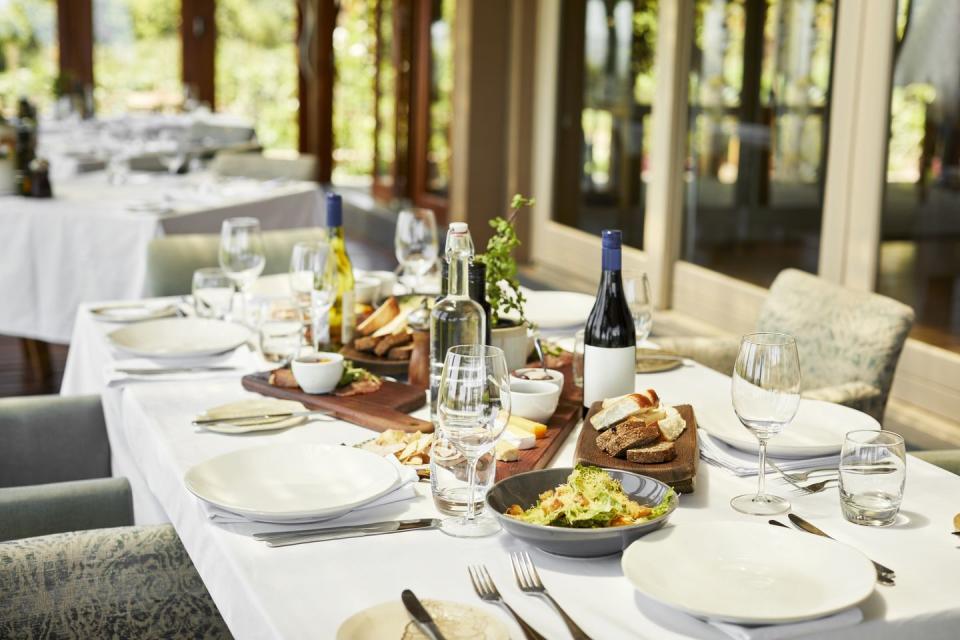
Whether you’re uncorking a $30 bottle or a $300 one (by the way, here’s how to know when to save and when to splurge on wine), here’s how to get the best out of any bottle, according to Tobey, Lovenworth and Kim:
Do your research. Prior to savoring your wine, take the time to delve into its background. “Visiting the winery's website allows you to gain insights into the producer's philosophy, vineyard practices and the story behind the bottle. Being well informed enhances the overall experience of consuming the wine,” Lovenworth says. If you have questions or seek deeper insights about this bottle or the world of wine in general, consider consulting a sommelier. “Wine experts possess extensive knowledge and experience and are eager to share their expertise,” she adds.
Set the mood. Optimize your wine enjoyment by creating a comfortable setting and sharing the moment with like-minded, enthusiastic companions. Ensuring a relaxed and enjoyable environment can significantly enhance the overall tasting experience.
Life in the now. Resist overthinking and analyzing the wine while enjoying it. “Instead, immerse yourself in the moment and let your enjoyment be an instinctive and unconscious response,” Lovenworth suggests. “The pace at which you savor the wine can also indicate its enjoyability, too.” So with that in mind, avoid hasty judgments based on the first sip. Wine evolves not only in the bottle, but also in the glass. If you’re hesitant about your initial impression, give the wine a moment to breathe or swirl it gently before taking another sip to appreciate its evolving flavors. If you have a nice bottle, ideally you’d be enjoying it over the course of a meal or a few hours. “The wine can change considerably from the first to last drop. It is a great experience to be able to notice those changes, both aromatically and texturally, on the palate over time,” Kim adds.
Pregame. By that we don’t mean that you should start the party early. Instead, we’re referring to a few prep steps that can enhance your experience. If you’re not storing it in a cool cellar or wine fridge, place red wine in the refrigerator for 30 minutes before serving. If your white or rosé wine is in the refrigerator, take it out about 30 minutes before pouring and sipping. Quality stemware can also elevate your wine enjoyment level. “An all-purpose thin wine glass would be ideal,” Kim says. “No need to spend a ton of money. Even Target sells Riedel stemware these days.”
Let it breathe. If the wine you’re drinking is young (within a year or two of the current vintage), very old (15+ years old) or includes sediment that you don’t want to drink (like you might find in some natural wines), “don’t be afraid to decant it to infuse some air in the wine, open up some aromatics and to get a sediment-free pour,” Kim recommends. Even 15 to 30 minutes in a decanter can allow it to open up a bit.
Why the Price of Wine Isn't Everything
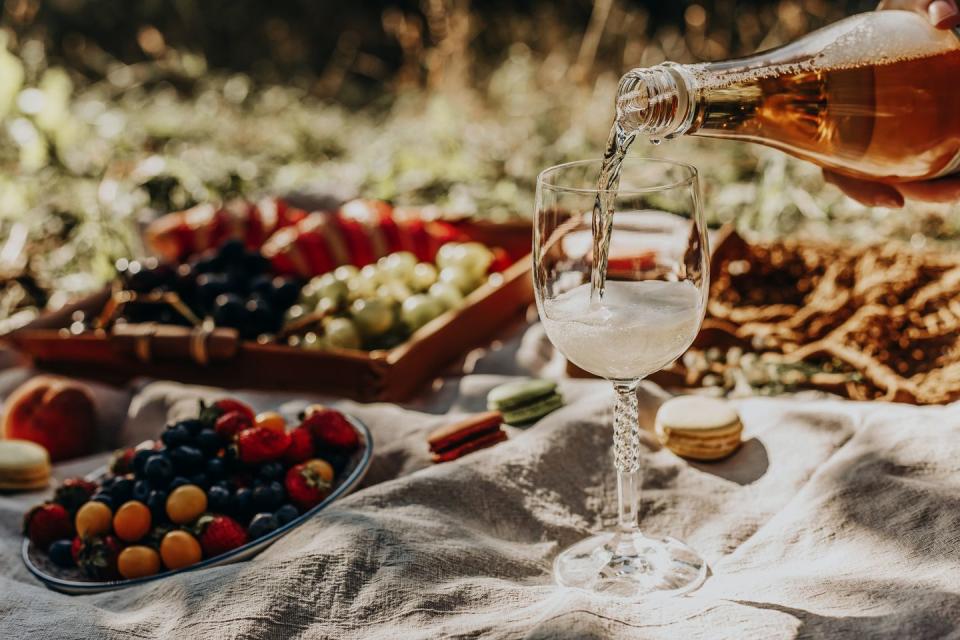
Price is not necessarily an indication of overall quality, and may not dictate whether or not you’re going to personally enjoy it. Wines available at retail prices from $30 to $100 are almost always safe bets. Anything below that rate might be subpar, and anything above often offers diminishing returns unless you’re a wine savant.
“Typically, the higher the price point, the higher the expectations we have. Sometimes it’s hard for wines to meet those lofty expectations. In the end, it’s about your comfort level and overall enjoyment of the wine,” Lovenworth says, not necessarily about the brand name or exclusive price.
Like a lot of things, price and value are all relative, Kim admits.
“Regardless of what the wine is, wine is best enjoyed with good company. Now that is priceless,” he says.
You Might Also Like

